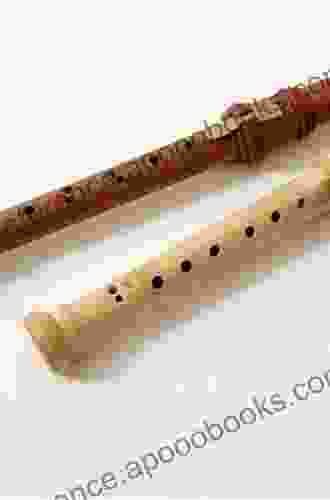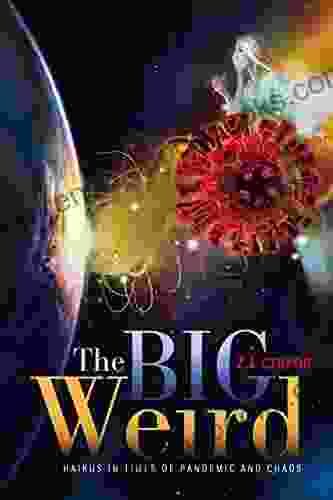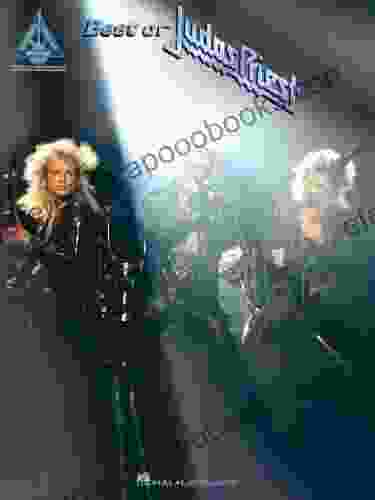The Baroque Clarinet and Chalumeau: A Comprehensive Guide

4.7 out of 5
| Language | : | English |
| File size | : | 55397 KB |
| Text-to-Speech | : | Enabled |
| Screen Reader | : | Supported |
| Enhanced typesetting | : | Enabled |
| Print length | : | 333 pages |
| Lending | : | Enabled |
Welcome to the enchanting world of the baroque clarinet and chalumeau, two captivating woodwind instruments that played a pivotal role in the musical tapestry of the 17th and 18th centuries. This comprehensive guide invites you to embark on a captivating journey through their fascinating history, intricate construction, and enchanting repertoire.
Chapter 1: Historical Origins
The clarinet's lineage can be traced back to the ancient Greek instrument known as the aulos. Over centuries, it evolved through various forms, including the medieval shawm and the Renaissance cornett. The baroque clarinet, as we know it, emerged in the 17th century, with its distinctive cylindrical bore and single reed.
Similarly, the chalumeau emerged during the 16th century as a precursor to the modern oboe. Its conical bore and double reed produced a distinctive, penetrating sound that found favor in early music ensembles.
Chapter 2: Construction and Design
The baroque clarinet typically consisted of three wooden sections: the mouthpiece, upper joint, and lower joint. The mouthpiece contained a single, narrow reed that vibrated against the instrument's cylindrical bore. The upper and lower joints provided the necessary length and fingering holes to produce different pitches.
The chalumeau, on the other hand, had a conical bore and a double reed that was inserted into a crook. The fingering system resembled that of the modern oboe, with numerous closed and open holes.
Chapter 3: Repertoire and Performance Practice
The baroque clarinet and chalumeau enjoyed widespread use in a variety of musical genres, including sacred and secular vocal music, chamber music, and orchestral works. Composers such as Monteverdi, Handel, and Bach incorporated these instruments into their compositions, exploiting their unique tonal qualities and expressive potential.
Performance practice during the baroque era required a high level of skill and artistry. Players employed techniques such as tonguing, slurring, and trills to create a vibrant and dynamic sound. Additionally, performers often ornamented their performances with improvisatory embellishments, adding to the expressive nature of the music.
Chapter 4: Modern Revival
After falling into obscurity in the late 18th century, the baroque clarinet and chalumeau experienced a resurgence of interest in the 20th century. Early music ensembles and scholars began to rediscover the unique sound and expressive qualities of these instruments.
Today, the baroque clarinet and chalumeau are played by dedicated musicians around the world. They find application in both historical performance practice and contemporary compositions, adding a touch of authenticity and charm to musical ensembles.
The baroque clarinet and chalumeau are captivating instruments that offer a unique window into the musical world of the 17th and 18th centuries. Their rich history, intricate construction, and enchanting repertoire continue to inspire musicians and captivate audiences alike. Whether you are a seasoned player, a music enthusiast, or simply curious about the evolution of musical instruments, this comprehensive guide will provide you with an in-depth understanding and appreciation for these fascinating woodwinds.
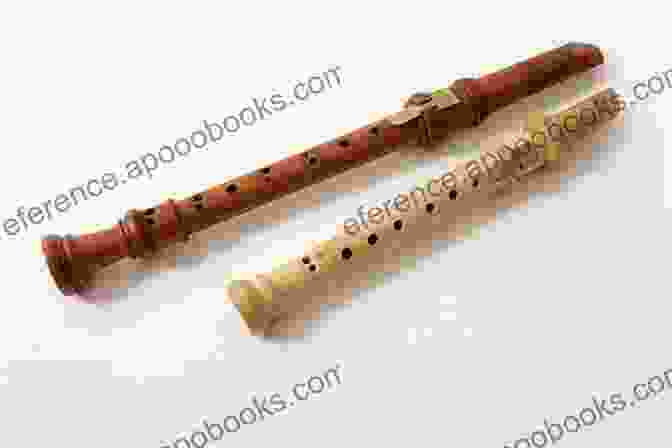
Recommended Resources
- The Baroque Clarinet and Chalumeau: A Survey of Their History and Literature" by David Lasocki
- The Chalumeau, Baroque Clarinet and Early Clarinet: A Practical Guide to Playing and Making" by Wim de Graaf
- Baroque Clarinet" by David Lasocki
4.7 out of 5
| Language | : | English |
| File size | : | 55397 KB |
| Text-to-Speech | : | Enabled |
| Screen Reader | : | Supported |
| Enhanced typesetting | : | Enabled |
| Print length | : | 333 pages |
| Lending | : | Enabled |
Do you want to contribute by writing guest posts on this blog?
Please contact us and send us a resume of previous articles that you have written.
 Book
Book Novel
Novel Page
Page Chapter
Chapter Text
Text Story
Story Genre
Genre Reader
Reader Library
Library Paperback
Paperback E-book
E-book Magazine
Magazine Newspaper
Newspaper Paragraph
Paragraph Sentence
Sentence Bookmark
Bookmark Shelf
Shelf Glossary
Glossary Bibliography
Bibliography Foreword
Foreword Preface
Preface Synopsis
Synopsis Annotation
Annotation Footnote
Footnote Manuscript
Manuscript Scroll
Scroll Codex
Codex Tome
Tome Bestseller
Bestseller Classics
Classics Library card
Library card Narrative
Narrative Biography
Biography Autobiography
Autobiography Memoir
Memoir Reference
Reference Encyclopedia
Encyclopedia G Stuart Smith
G Stuart Smith Aaron Shurin
Aaron Shurin Adam Moon
Adam Moon Mark Gura
Mark Gura Adam Ferguson
Adam Ferguson J J Clarke
J J Clarke Jt Stoll
Jt Stoll J Washburn
J Washburn Aaron Watkin
Aaron Watkin Heather C Myers
Heather C Myers Adam Juarez
Adam Juarez Jane E Pollock
Jane E Pollock Gail Simpson
Gail Simpson Philip Gerard
Philip Gerard Durdica Spanjic
Durdica Spanjic Gianni Dragoni
Gianni Dragoni Deanna Swaim
Deanna Swaim K M Robinson
K M Robinson Jon Lewis
Jon Lewis A L Jackson
A L Jackson
Light bulbAdvertise smarter! Our strategic ad space ensures maximum exposure. Reserve your spot today!

 Nikolai GogolTom Clancy Op-Center: Immerse Yourself in a World of Espionage, Intrigue, and...
Nikolai GogolTom Clancy Op-Center: Immerse Yourself in a World of Espionage, Intrigue, and... Jim CoxFollow ·5.2k
Jim CoxFollow ·5.2k Mario SimmonsFollow ·19.6k
Mario SimmonsFollow ·19.6k Jesus MitchellFollow ·11.9k
Jesus MitchellFollow ·11.9k Cameron ReedFollow ·5.3k
Cameron ReedFollow ·5.3k Howard PowellFollow ·7.1k
Howard PowellFollow ·7.1k Geoffrey BlairFollow ·6k
Geoffrey BlairFollow ·6k Joseph ConradFollow ·17.2k
Joseph ConradFollow ·17.2k J.D. SalingerFollow ·4.7k
J.D. SalingerFollow ·4.7k

 Justin Bell
Justin BellUnlock National Biology Success: The Ultimate Guide to...
Mastering the Fundamentals: A Comprehensive...
 Luke Blair
Luke BlairAC/DC: The Early Years with Bon Scott – A Thunderstruck...
In the annals of rock and roll history, few...
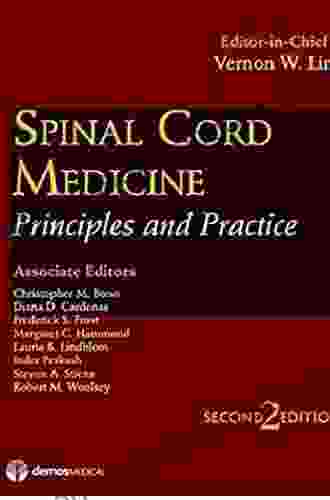
 Darren Nelson
Darren NelsonSpinal Cord Medicine Second Edition: The Comprehensive...
The second edition of Spinal Cord Medicine...

 Cole Powell
Cole PowellArabian Horse Training: Unlock the Secrets for a...
Indulge in the captivating world of Arabian...

 Oscar Wilde
Oscar WildeRevise Curriculum For Excellence SQA Exams: The Ultimate...
The Scottish...

 David Peterson
David PetersonEndoscopic Ear Surgery: A Comprehensive Guide for...
Endoscopic Ear...
4.7 out of 5
| Language | : | English |
| File size | : | 55397 KB |
| Text-to-Speech | : | Enabled |
| Screen Reader | : | Supported |
| Enhanced typesetting | : | Enabled |
| Print length | : | 333 pages |
| Lending | : | Enabled |


